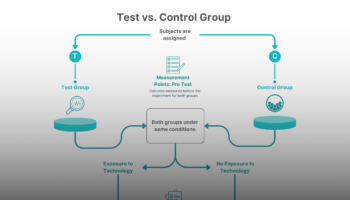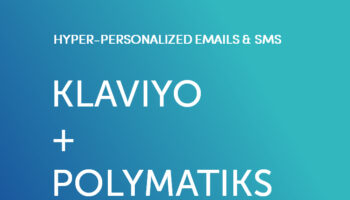- 20% off sitewide
- 30% off on all products within a Collection
- 20-50% off on select products
mass promotions tend to account for 10-45% of the total sales, and as high as 80% based on our own experience working with small and medium size brands
- Spurr traffic
- Improve price perception among customers
- Raise sales or profits
- Boost customer loyalty
- Enhance brand awareness
An alternative to mass promotions is personalized offers, whereby each offer is curated specifically to each of your customers based on their needs and desires
So, are mass promotions bad for your brand? The short answer is, for the majority of brands, mass promotions can be very ineffective and thus bad. An alternative to mass promotions is personalized offers, whereby each offer is curated specifically to each of your customers based on their needs and desires.
Want to learn more about how Polymatiks can help you deliver personalized offers at scale? Click here to book your demo or email us at info@polymatiks.ai.
1 Accenture



